
It was almost 15 years ago that Van Jones wrote his book “The Green Collar Economy: How One Solution Can Fix Our Two Biggest Problems,” and not quite four years ago that Alexandria Ocasio-Cortez and Ed Markey introduced the outline for the Green New Deal. The green economy was the holy grail, but now in sustainability circles, we are hearing more and more about a new paradigm: the circular economy. The city has a thriving nonprofit Circular Philadelphia, co-founded by friends of mine, longtime Grid contributor Samanthan Wittchen, interviewed on page 18, and our own director of operations, Nic Esposito. Since these terms circular economy and green economy are often being used interchangeably, I think it’s worth examining: Are they the same, and if not, what are the differences?
While the circular economy is a new concept, it’s been practiced in the past. As a child, my dad would buy pickles at the corner store from a barrel, or milk from a milkman who would pick up your empties, which would then be washed and used again. In fact, my father worked for a while as a milkman. So we’re only a generation or two removed from widespread use of these practices and before the rampant use of catsup packets, plastic cutlery sealed in yet more plastic and countless other single-use containers.
The circular economy focuses on carefully using raw materials, and designing for the end of life of the product from the beginning. When you reach the end of the line for your cell phone, in a circular economy there would be a robust take-back program where the rare-earth elements and other metals are reused, as well as the plastic casing and everything else that was used in manufacturing. There would be few if any leftover parts.
While there might be some waste in manufacturing, in the circular economy good design and mindful consumption can extend the life of everything that is used. For example, the modular design of carpet tiles from Interface. If your brother spills some red wine on your rug, you can just remove the square it’s on and clean it. In the event you can’t clean it, you only need to replace one square and not the entire carpet. Genius, right?
Look around whatever room you are in and imagine what it would be like if everything were designed to be dismantled and reused and not destined for the landfill. It’s a very exciting engineering and design problem to consider and the possibilities are tantalizing.
Back to the aforementioned Van Jones book to discuss the green economy. The two problems alluded to in the subtitle are climate change and economic inequality. At its core, the green economy is an attempt to continue to grow our economy, but inclusively and with low-carbon emissions as the goal. It revolves around energy efficiency and renewable energy, and solves those problems through creating jobs for communities that have long been disenfranchised.
There’s a lot in our current society that needs to be transformed. When I look at our cover image, a tire floating in Tacony Creek, I imagine how the circular economy could address that problem. If that used tire had value, and/or if it could easily be dropped off wherever it was purchased, there would be no need to dump it in a public park. Imagine what the landscape would look like there and everywhere in the city if waste were greatly reduced or eliminated.
But I think we have to keep our eye on equity as well. The green economy has a set of values key to our survival, and they should be mirrored by our local government. A low-carbon future needs lots of parks, and a city that cares for them.
So while the circular and green economies are not identical, they are certainly compatible and complement each other. Dig into the solution wherever you like.

Alex Mulcahy, Editor-in-Chief


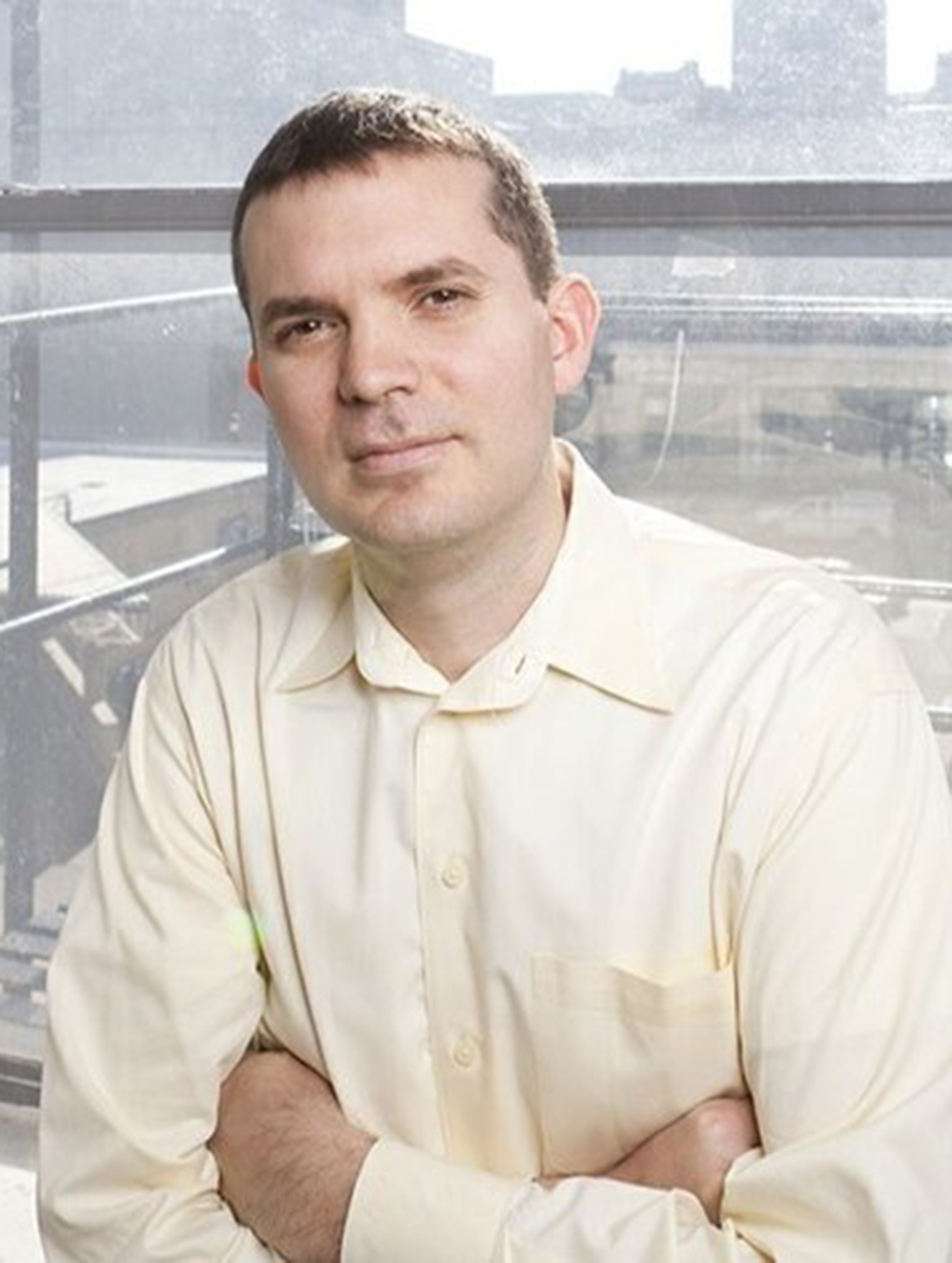
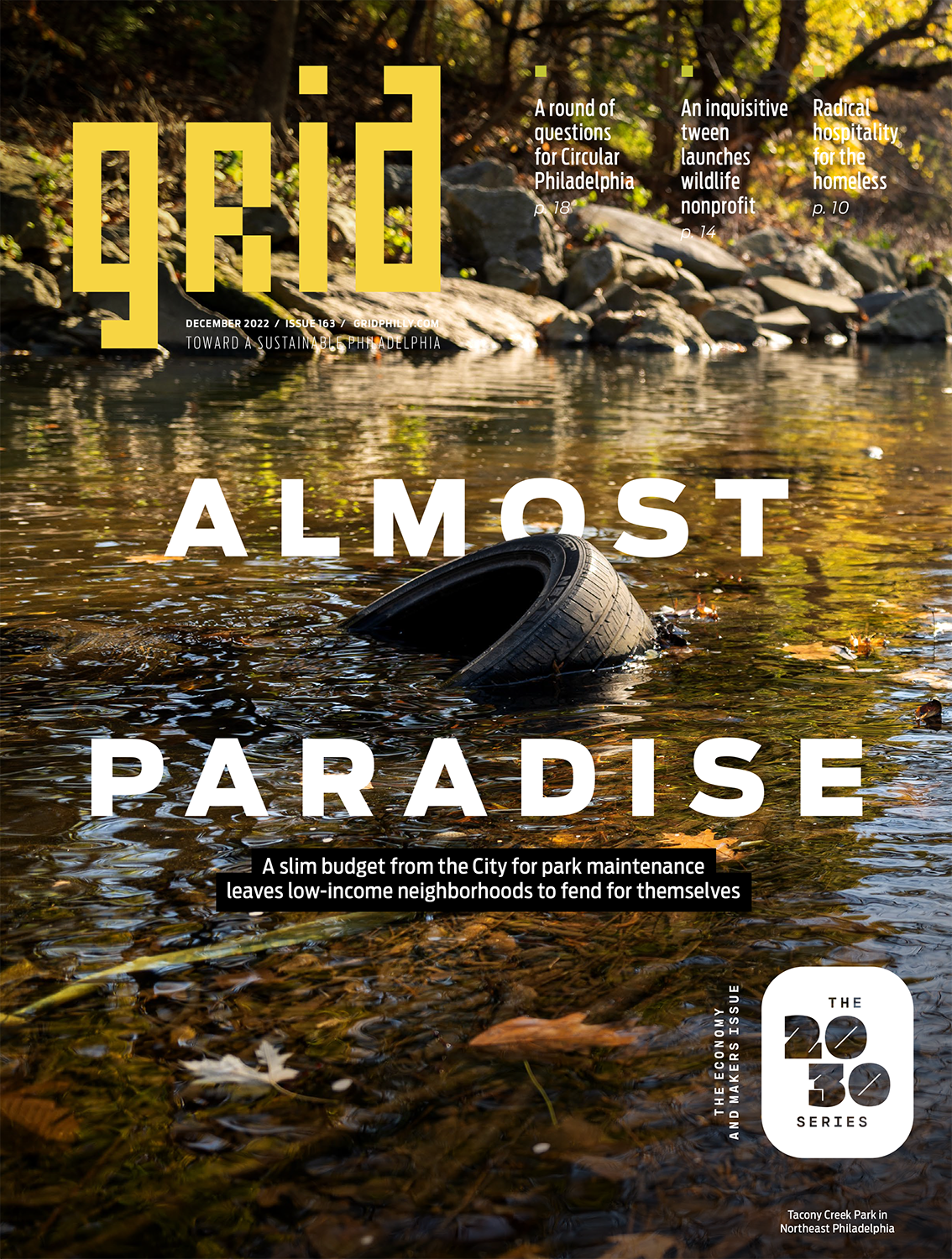
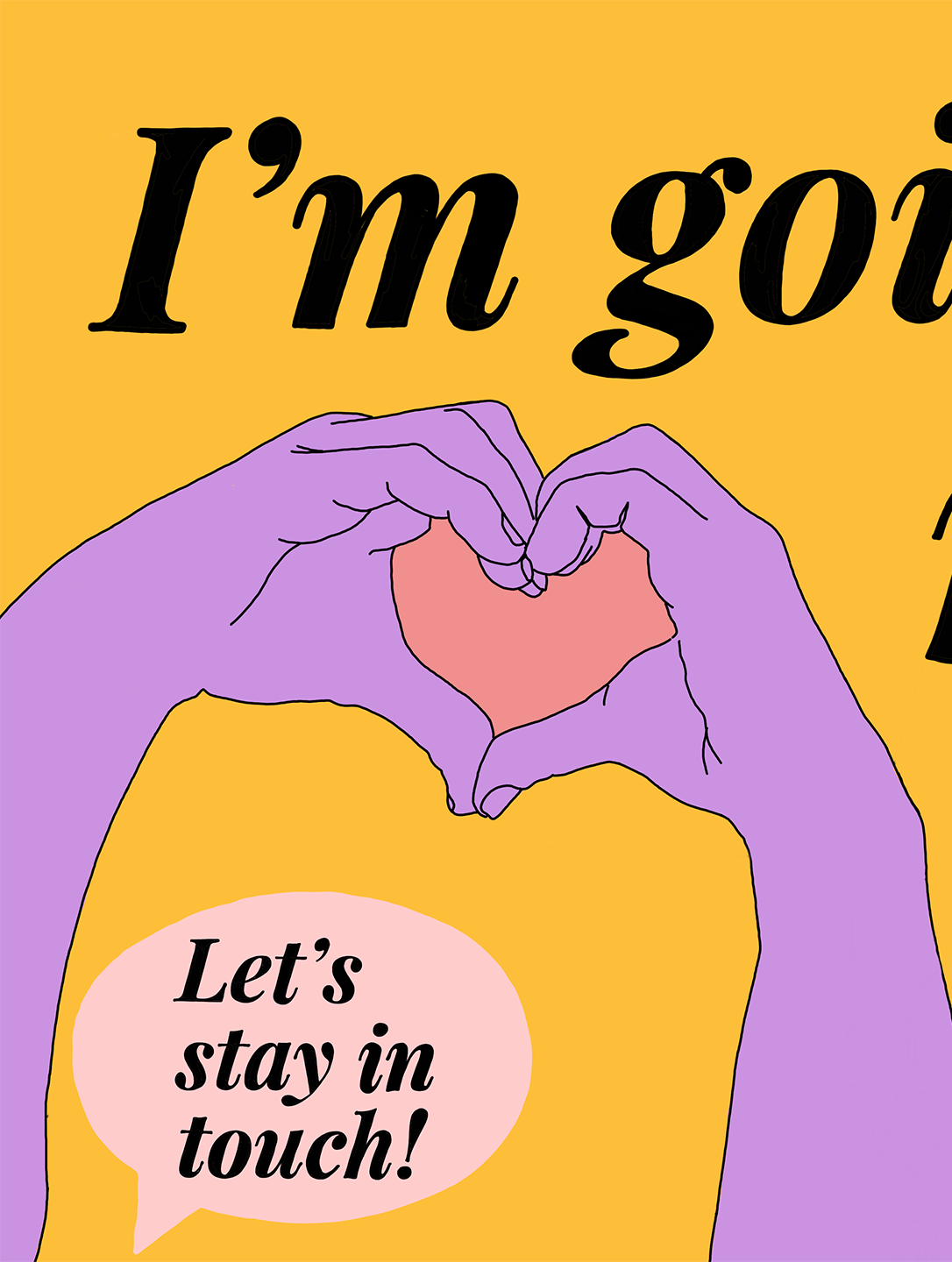
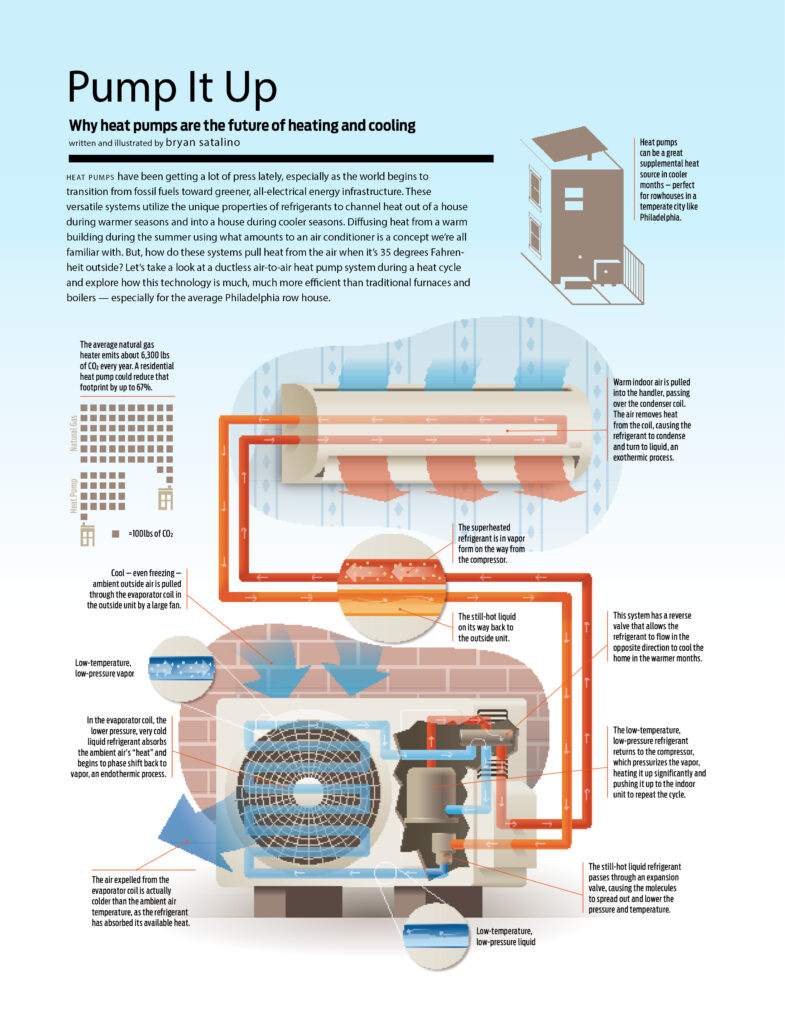
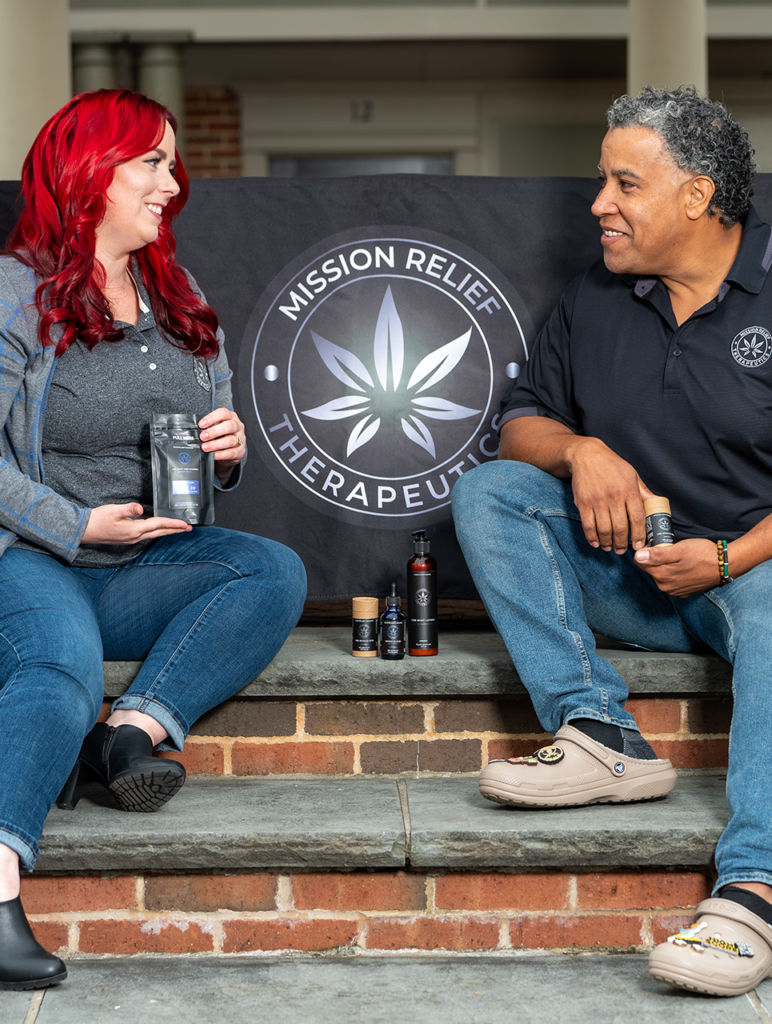
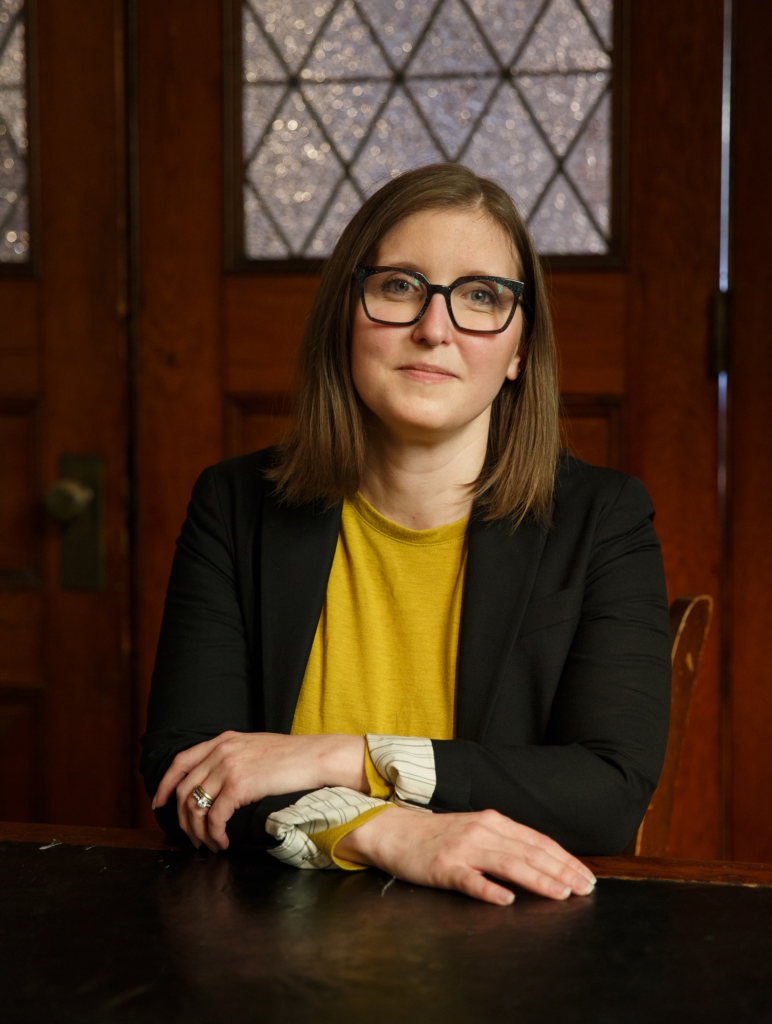

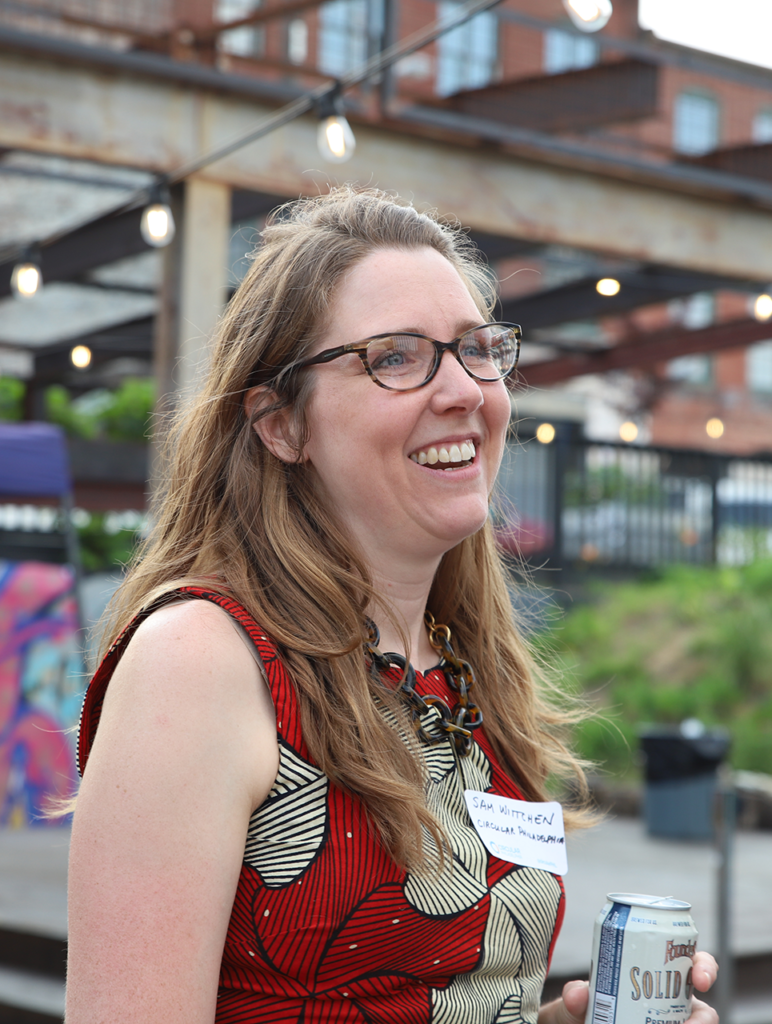
Great notes